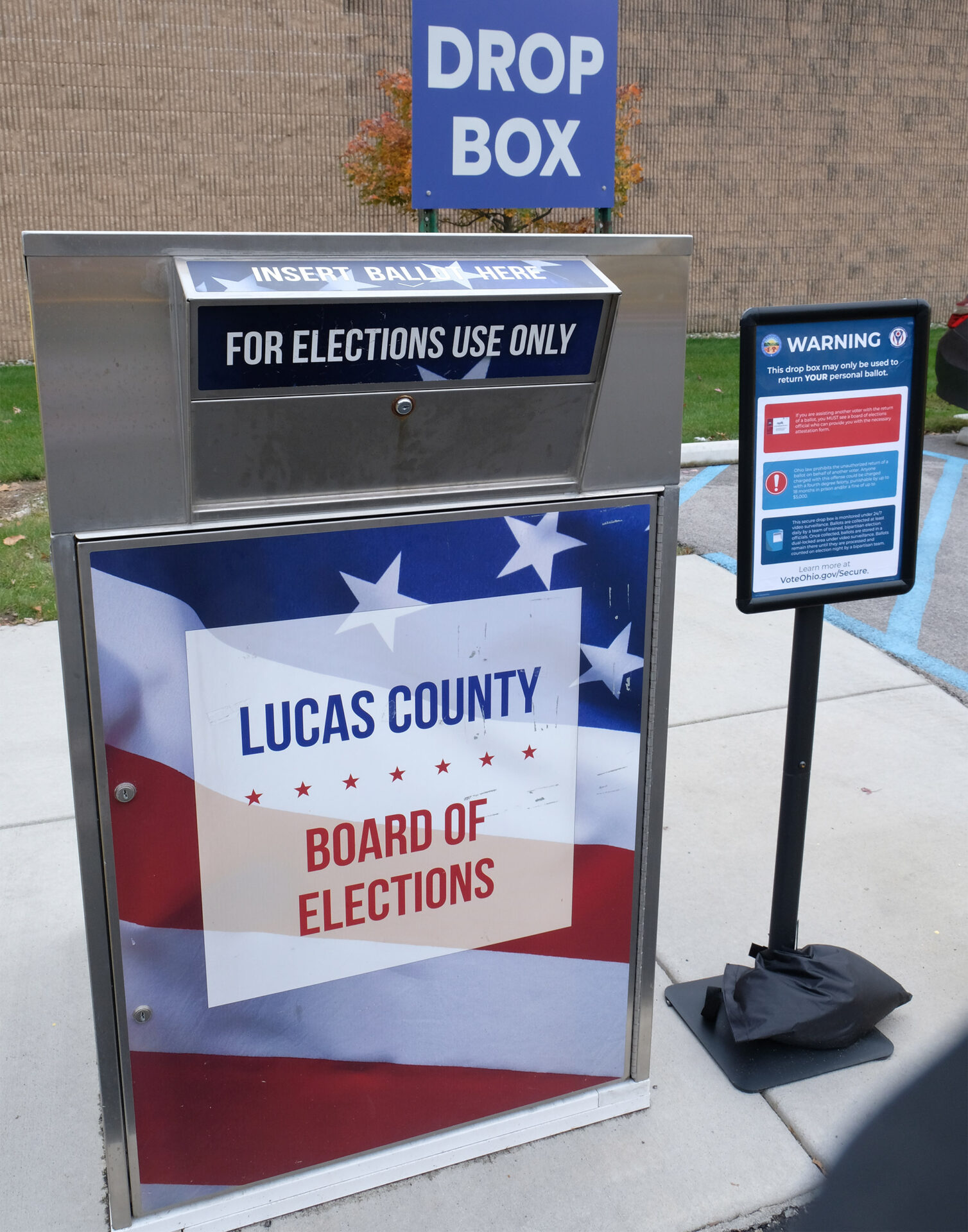
Ohio Supreme Court removes obstacle to proposed voting rights amendment
(This story was originally published by Signal Cleveland. Sign up for their free newsletters at SignalOhio.org/StateSignals.)
By Frank W. Lewis | Signal Cleveland
OHIO – Ohio Attorney General Dave Yost cannot hold up the progress of a proposed amendment – the Ohio Voters Bill of Rights – to the state constitution based on its title, according to a unanimous Ohio Supreme Court decision released on Wednesday.
Backers of the proposed amendment had hoped to get it on the ballot this year. But after Yost rejected their summary language a second time in January, they sued him. They asked the court for an expedited hearing schedule, in order to meet the other deadlines for the 2024 election, but the court declined.
The summary is what supporters of an amendment show to people when they’re gathering signatures on petitions, another step in the process of getting an amendment on the ballot. That’s why state law requires that the summary be a “fair and truthful statement” about the proposed changes to the constitution. The law also gives the attorney general sole discretion over determining that.
But the law does not give the AG power to reject the summary based on its title, the court said in its decision, which devoted several pages to parsing the meanings of “title” and “summary” and whether the relevant law covers both.
“A ‘title’ is not the same thing as a ‘summary,’ and the current statute unambiguously tasks the attorney general with examining only the latter,” the court stated.
Amendment backers didn’t get everything they wanted from Ohio Supreme Court
The court did not order Yost to approve the summary, as backers of the amendment had asked, because it was not clear to the court if Yost had even evaluated it. His rejection letter stated that the title “is sufficient on its own to reject this petition.”
Yost has 10 days to “determine whether the summary is a fair and truthful statement of the proposed amendment, and, if so, certify and forward the submitted petition to the Ohio Ballot Board,” according to the court’s decision.
“The Supreme Court has now answered this question [about titles], which had not before been answered,” Yost said in a statement provided by his office on Wednesday. “My duty is to comply, and I shall. If the legislature intended something different, it is up to them to change the statue.”
The organizations backing the Ohio Voters Bill of Rights — Ohio Organizing Collaborative, Ohio NAACP, the A. Philip Randolph Institute and the Ohio Unity Coalition — had not released a statement at time of publication. When they do, Signal Cleveland will update this article.
What would the Ohio Voters Bill of Rights do?
If passed, the amendment would make significant changes to voting in Ohio:
• Allow unregistered people to register and vote on the same day during the early-voting period or on Election Day.
•Add school-issued photo identification cards to the list of acceptable documents for proving ID.
• Allow people who don’t have a photo ID to vote by signing a “declaration under penalty of perjury attesting to their identity.”
• Require the state to cover the cost of postage for mail-in balloting and to create a system for tracking mail-in ballot applications and ballots so that voters can be notified if they’ve made a mistake in time to correct it.
• Permanently establish the days and hours for early voting but also allow counties to offer more hours and multiple locations and as many 24-hour secure drop boxes as they deem necessary.
The amendment would also remove a section added in 1851 that states: “No idiot, or insane persons, shall be entitled to the privileges of an elector.”
(Signal Statewide is a nonprofit news organization covering government, education, health, economy and public safety.)





